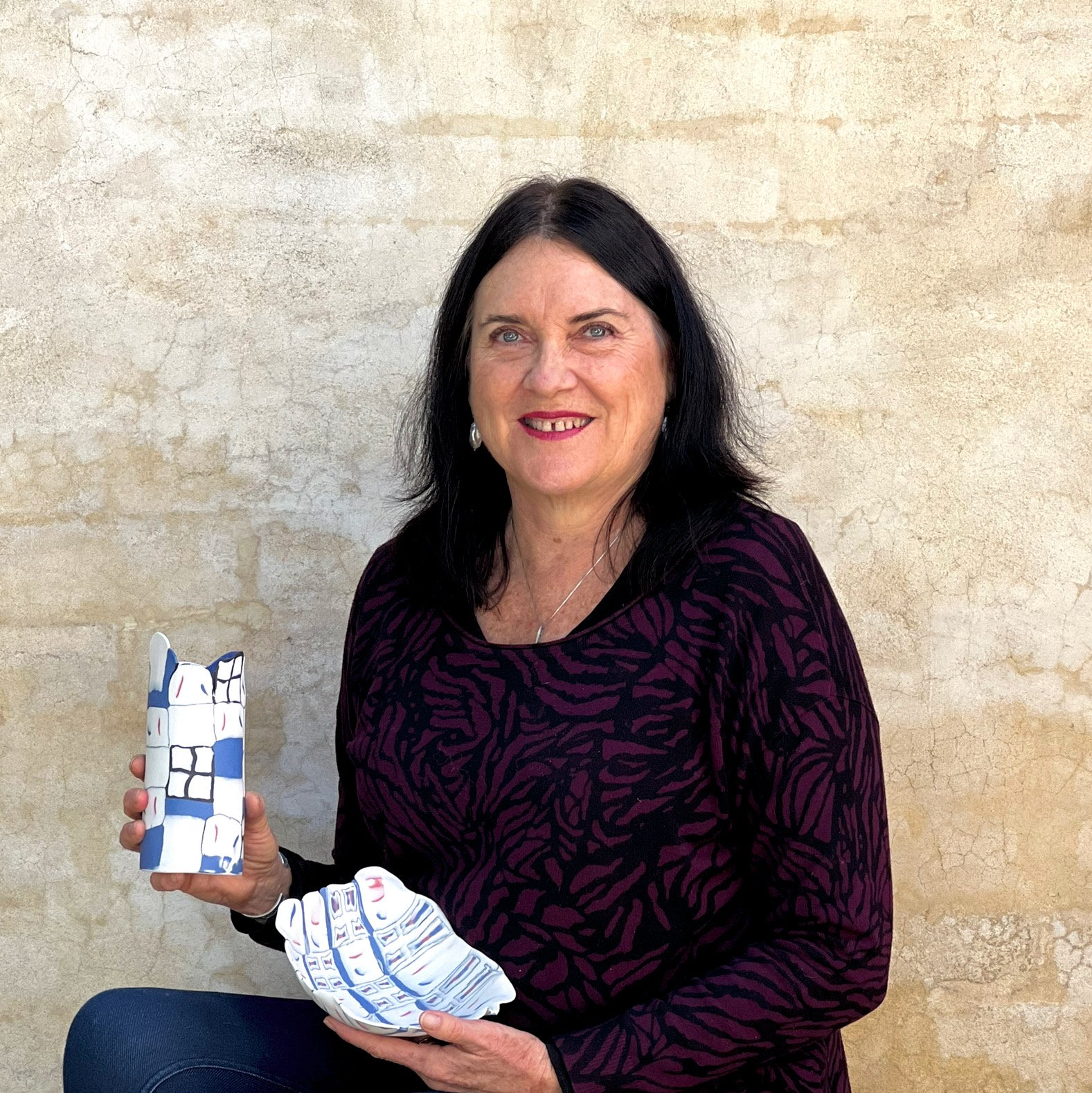Frederik Wantzel
in interview…
Q. What is the best thing about making pottery?
A. For me it is a therapeutic escape from the ordinary or stressful things in life. I also like the tactile nature of the medium. It is good to set aside time for an activity that elevates us to the world of art and craft and thinking differently about things. It is not so much about creating objects but how we engage our minds in creating them (and getting our hands dirty ).
Q. Wheel throwing or hand building?
A. I admire the skills of people doing wheel work, I have never done any wheel work at all. However I enjoy the fact that hand building requires no equipment and anybody can do it almost anywhere. You can go away on a weekend and take a piece of clay with you and that is all you need.
Q. Tell us about your techniques.
A. My hand building involves taking little pieces of clay and adding it till it eventually becomes the complete work. I also enjoy the primitive technique of firing small things in the backyard in the coals of a fire. I tend to fiddle too much with my sculptural work after I finished the basic form so I am trying to improve my technique by "letting go" at an earlier stage.
Q. What is the best thing about being a member at PSP?
A. The best thing about PSP is the opportunity to engage with its members - I have had some wonderful and fun conversations on every topic imaginable while working with members in the evenings, I wish I had more time for that.
Being part of such a creative group is very stimulating, especially if I see the talent and diversity of things our members create for our exhibitions.






